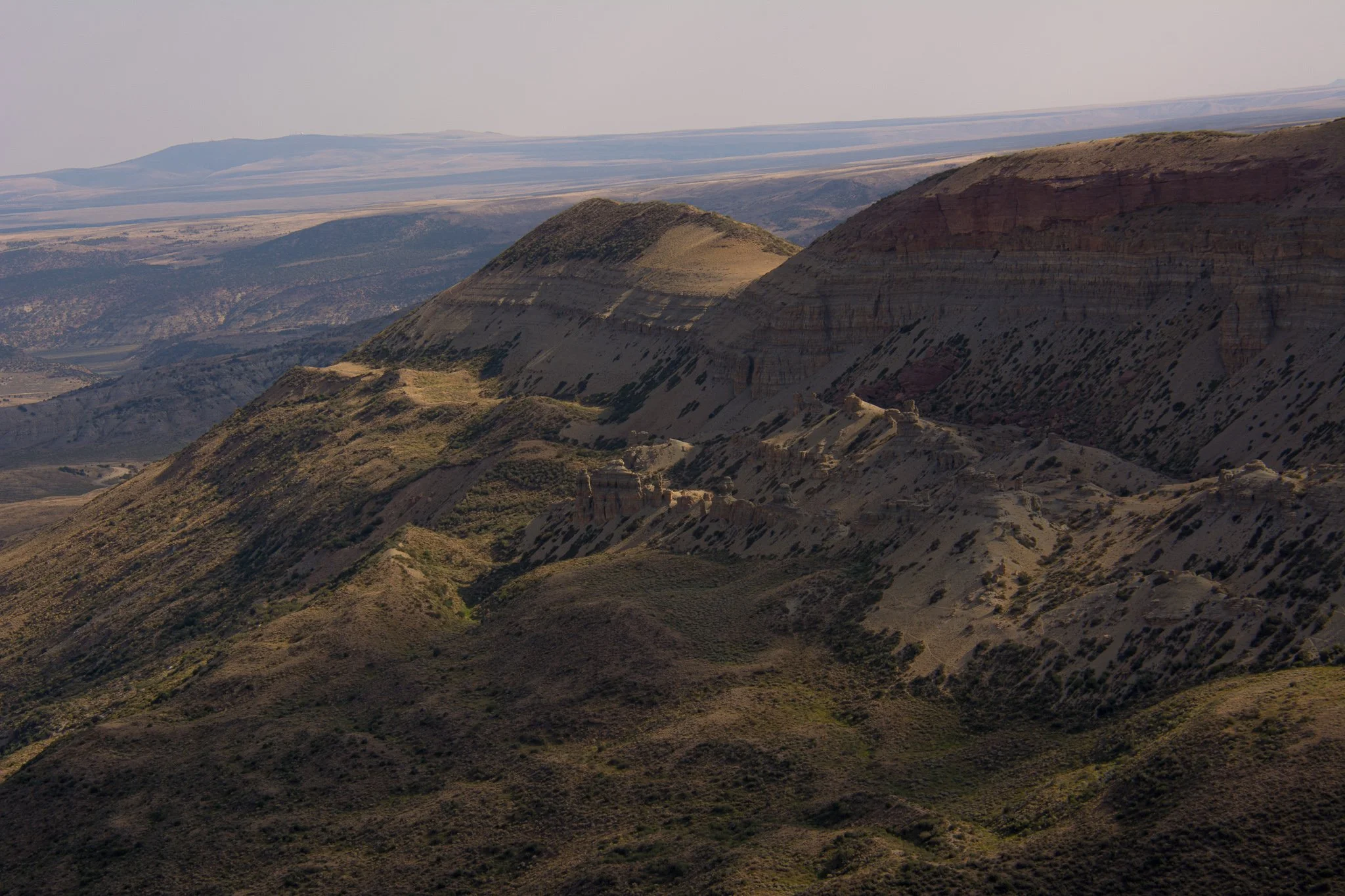How do I know what thermals are doing in an area?
Seeing a hillside like this and predicting what the thermals are doing is paramount to archery success.
Thermals can be tricky, but once you start paying attention to them, they’re like the secret sauce to getting close to elk or deer with a bow. Here’s how you figure out what they’re doing in a specific area:
1. Understand the Basics
Thermals are all about temperature changes. In the morning, as the air cools overnight, thermals pull downhill. Once the sun heats things up, the air starts rising, and thermals switch to uphill. This cycle repeats daily, but it’s influenced by terrain, vegetation, and weather.
2. Use Your Senses
The simplest way to check thermals is with your nose and a wind checker. Carry a little bottle of powder (or even milkweed fluff—it’s like magic) and release it into the air. Watch where it drifts. Do this often, especially when you’re moving through different terrain features like ridges, draws, or creek bottoms. Thermals can shift fast in those areas.
3. Pay Attention to Terrain
Thermals behave differently depending on the landscape. For example:
Steep Slopes: Thermals are stronger and more predictable.
Creek Bottoms: They can get swirly because cold air pools there.
Open Meadows: Thermals are usually steady but can change quickly with the sun.
4. Watch the Sun
The sun’s position is a huge factor. If you’re hunting a north-facing slope, thermals might stay downhill longer because it takes longer to warm up. On a south-facing slope, they’ll switch uphill earlier. Keep an eye on where the sun is hitting.
5. Use the Wind as a Guide
Thermals don’t work in isolation—they interact with prevailing winds. If the wind is blowing hard, it can override thermals. But on calm days, thermals dominate. Always think about how the two are working together.
6. Test in the Field
When you’re scouting or hunting, take time to test thermals in different spots. Drop into a drainage, climb a ridge, and see how they change. Over time, you’ll start to predict what they’ll do based on the terrain and time of day.
Thermals are one of those things that seem complicated at first, but once you start paying attention, they become second nature.


